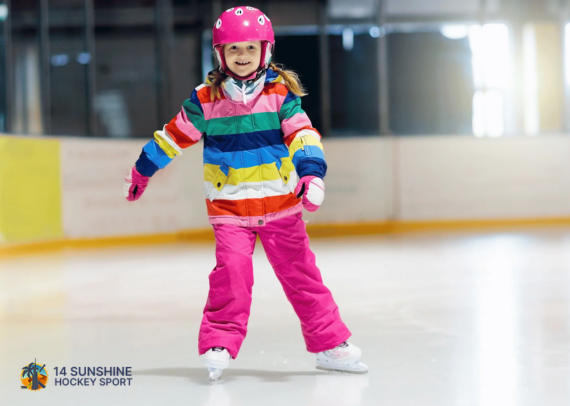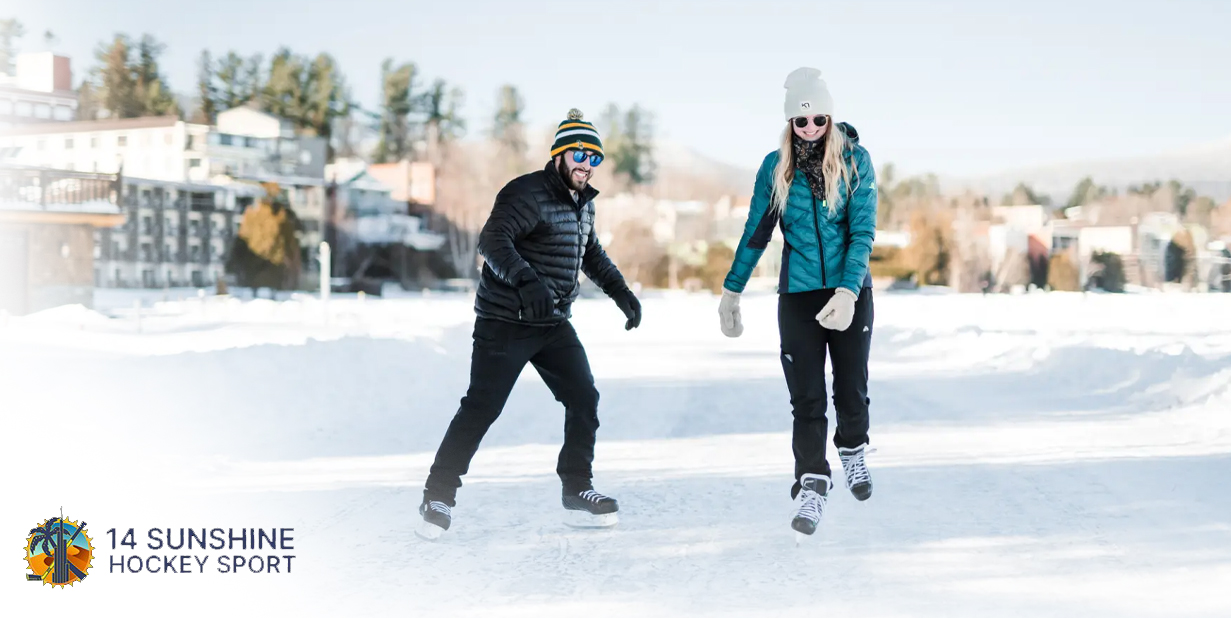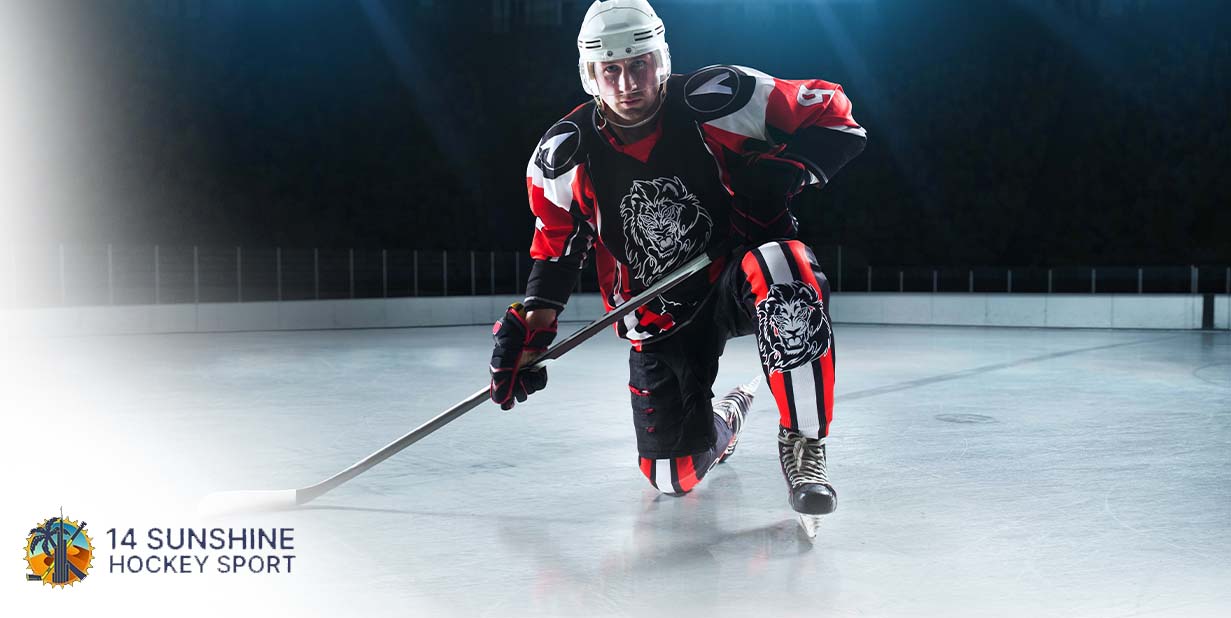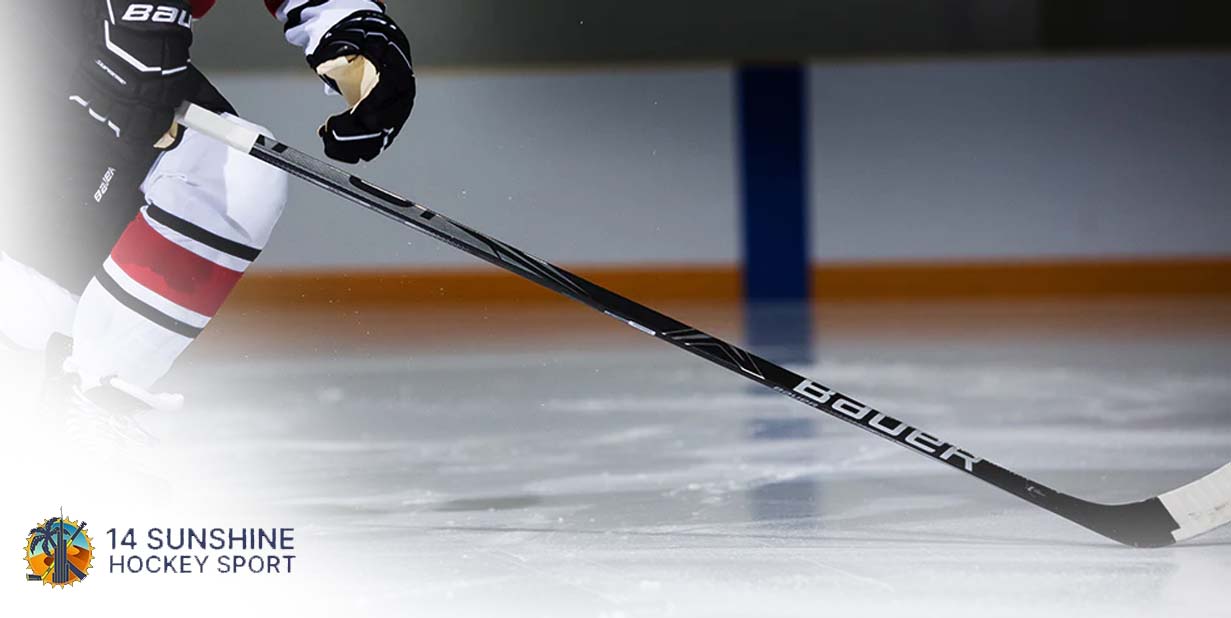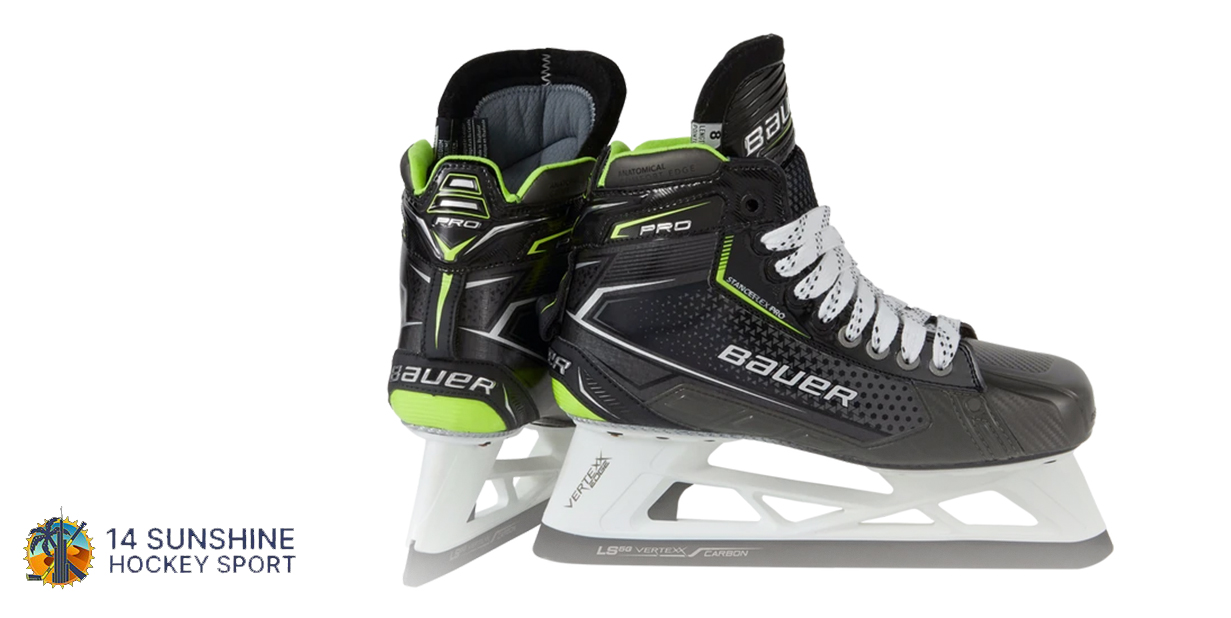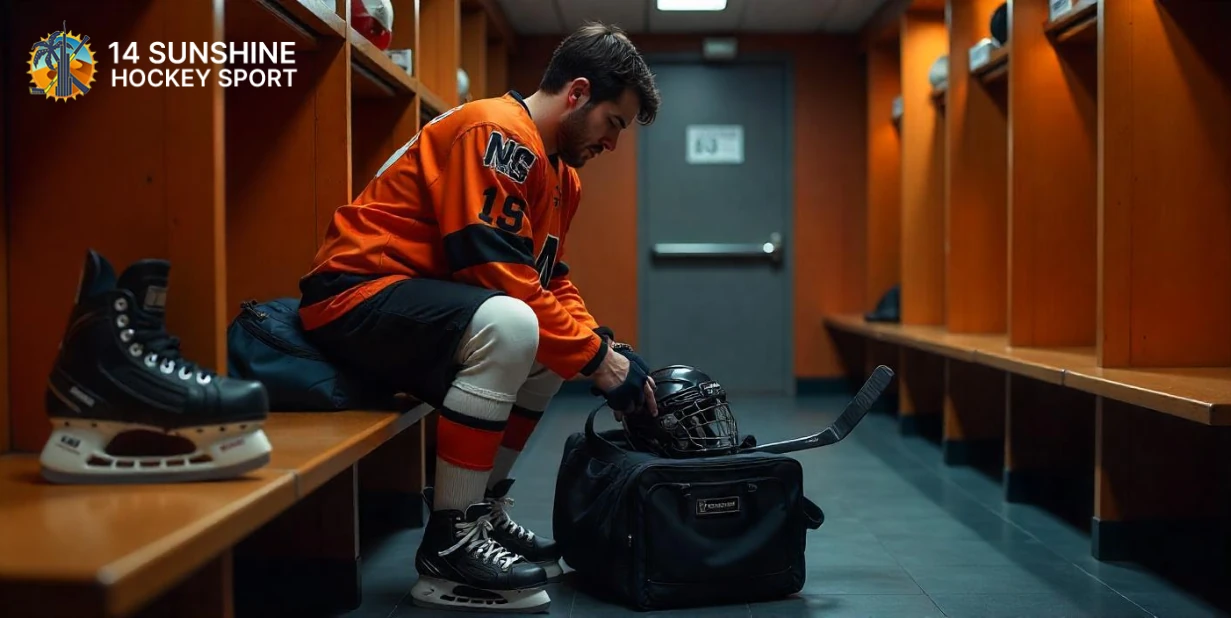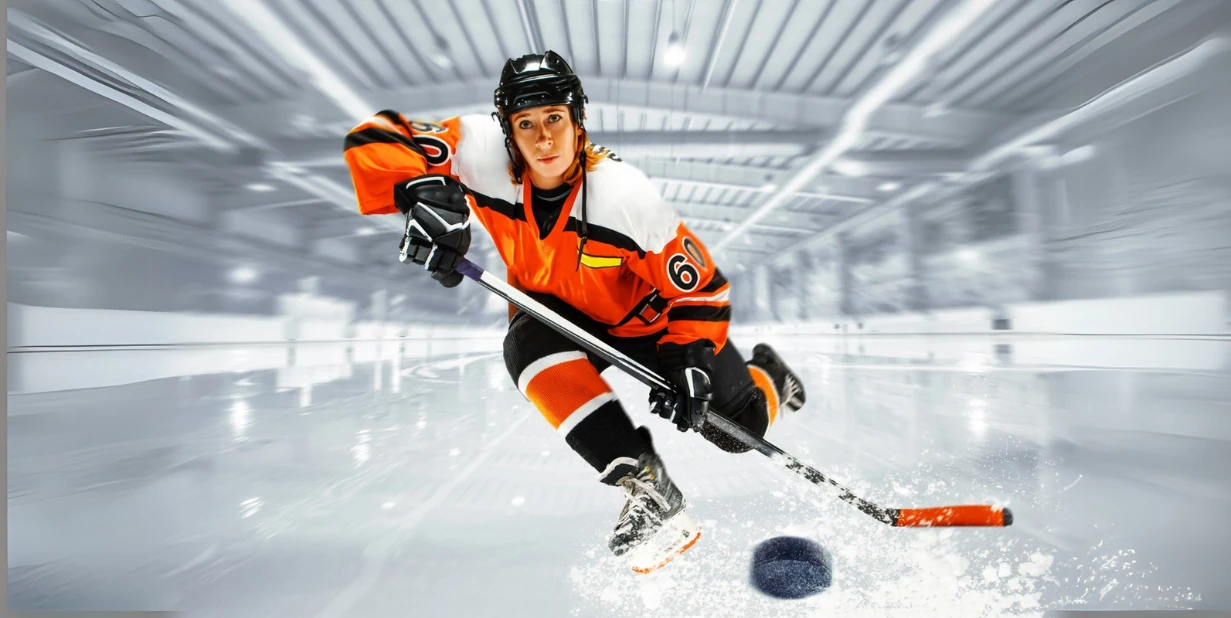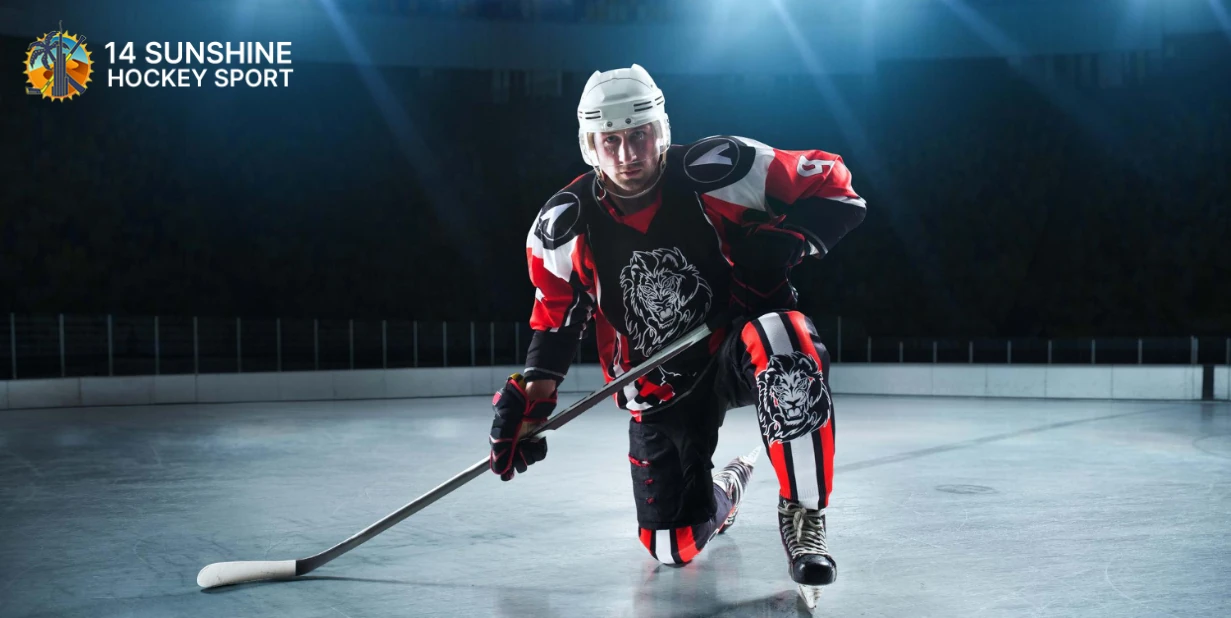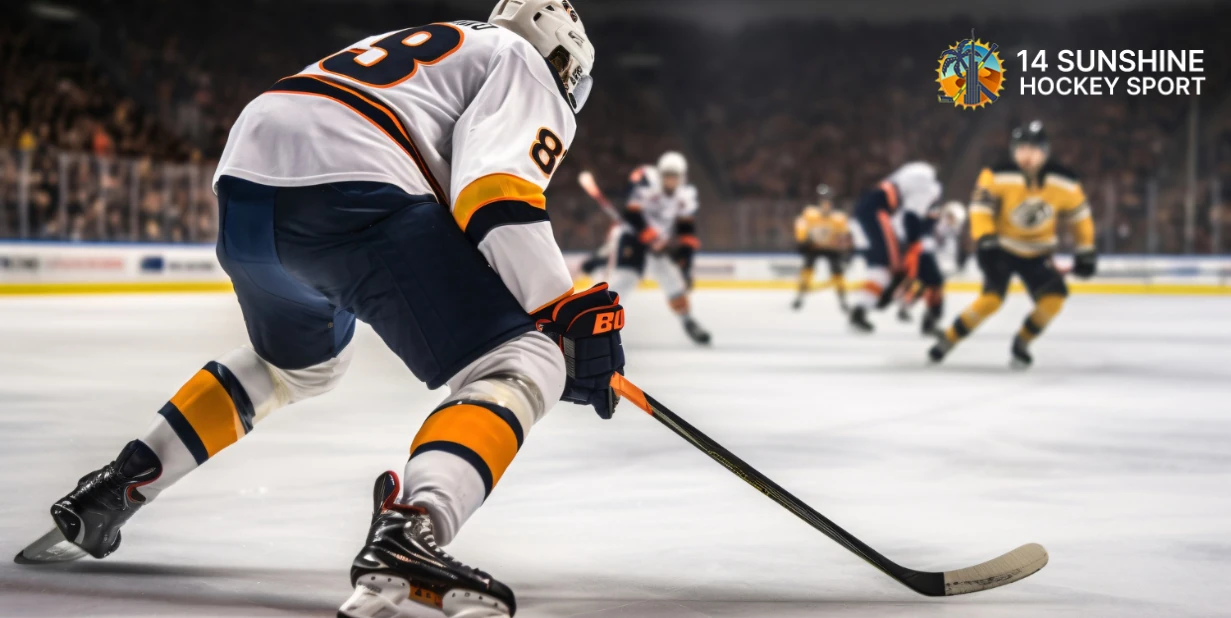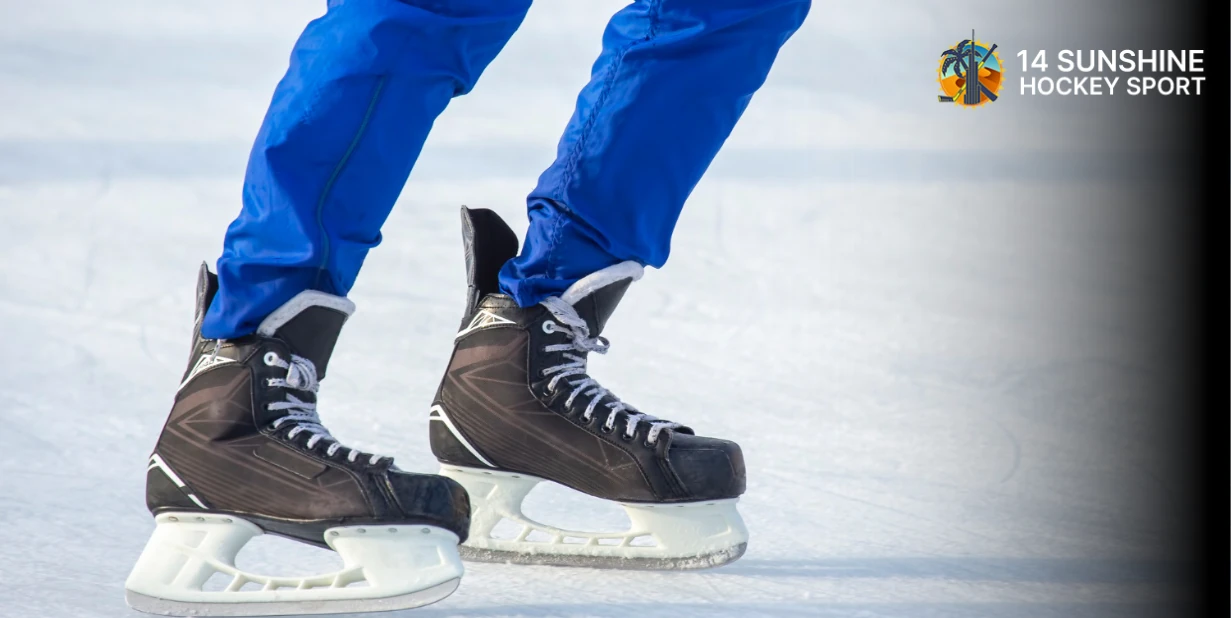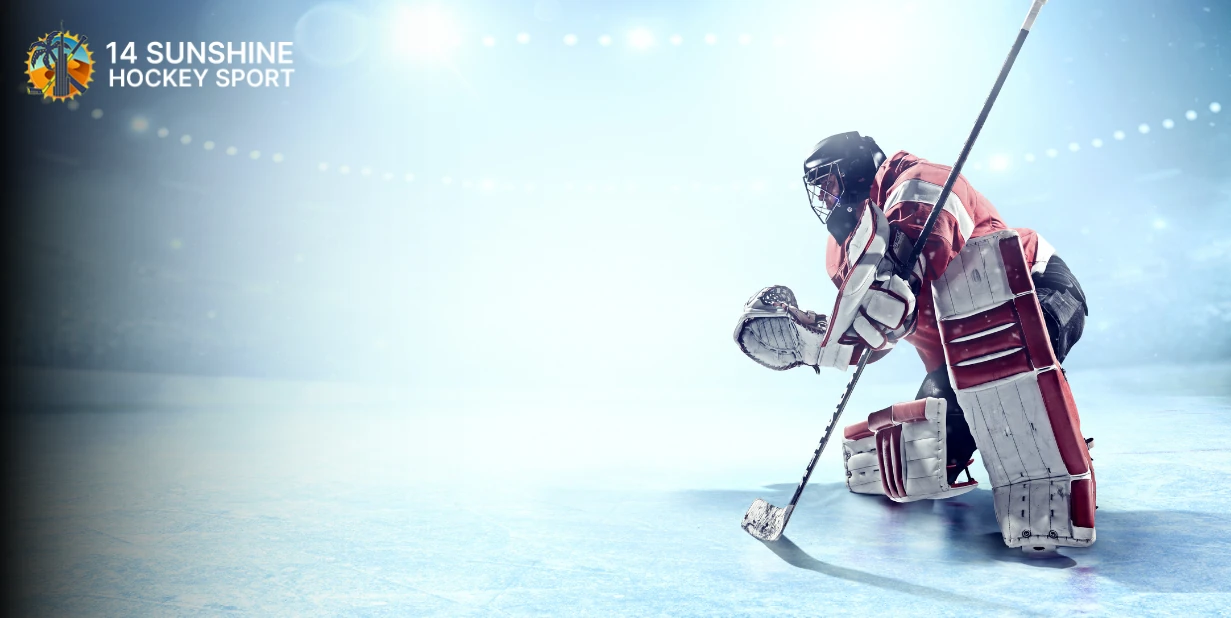Stick Shift: Choosing the Right Ice Hockey Stick for Your Style
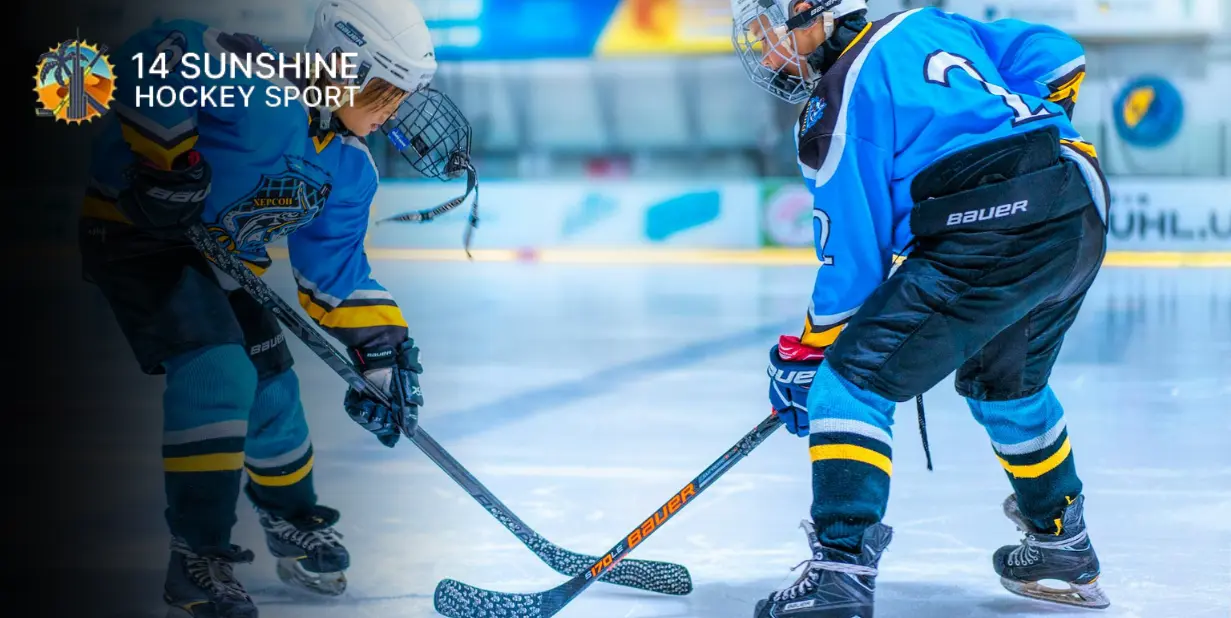
Dominating the ice starts with the right equipment. Your ice hockey stick is an extension of yourself on the ice, influencing every aspect of your play – from stickhandling and passing to shooting and slapshots. But with a vast array of options available, choosing the right ice hockey stick can feel like navigating a blizzard. Fear not, fellow puck wranglers! This guide will equip you with the knowledge to confidently navigate the world of ice hockey sticks and find the perfect match for your style.
The Four Pillars of Ice Hockey Stick Selection:
To find your ideal ice hockey stick, we’ll delve into four crucial considerations:
- Flex: How much the ice hockey stick bends under pressure.
- Lie: The angle of the blade relative to the shaft.
- Curve: The shape of the blade’s face.
- Material: The composition of the shaft, impacting weight and performance.
Flex: Finding Your Power Zone
Flex refers to the amount of force required to bend the shaft of the ice hockey stick. This directly affects your shooting power and puck control. Here’s a breakdown to help you choose the right flex:
- Lower Flex (50-70): Ideal for beginners and players who prioritize puck handling and quick releases. These ice hockey sticks bend more easily, offering better control for developing players.
- Mid Flex (75-85): The sweet spot for many players. These ice hockey sticks offer a balance between power and control, making them suitable for a wider range of skill levels and playing styles.
- Higher Flex (90+): Designed for powerful shots and experienced players. These stiffer sticks require more force to bend, but when loaded correctly, they unleash explosive slapshots.
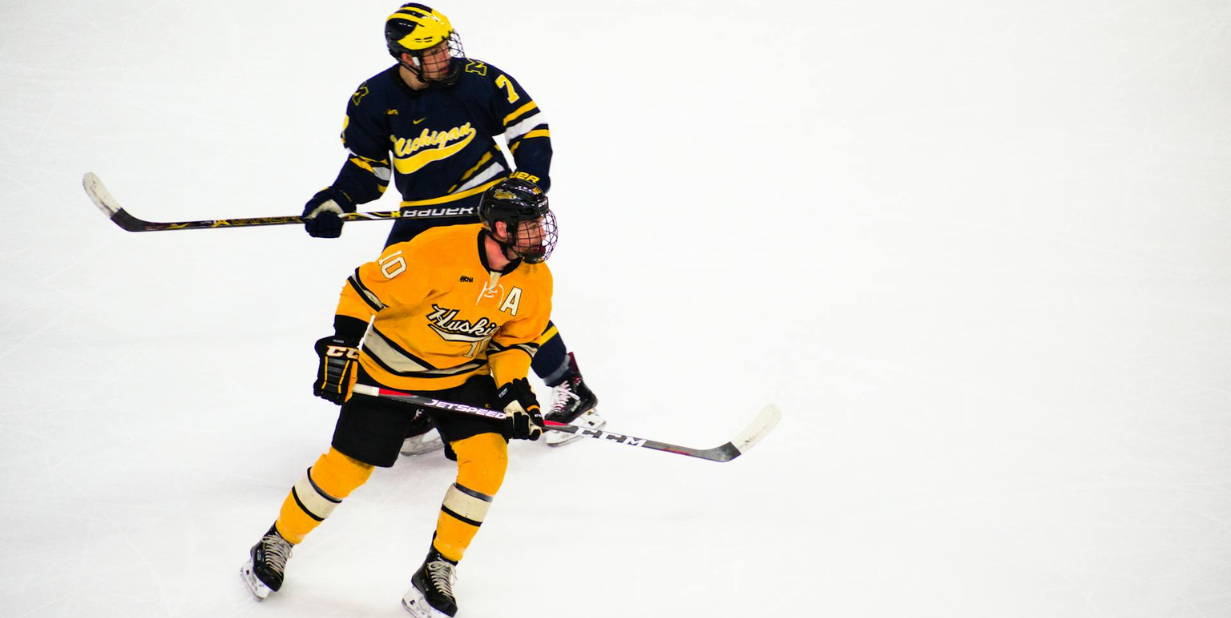
Finding your ideal ice hockey stick flex depends on several factors:
- Strength: Generally, stronger players can handle a higher flex for more power.
- Playing Style: Power forwards and defensemen who rely on booming shots might prefer a higher flex. Players focused on finesse and agility might favor a lower flex.
- Skill Level: Beginners often benefit from a lower flex for easier puck control.
Flex Tip: When unsure, it’s usually better to choose a slightly lower flex for better control. You can always practice loading the stick to generate more power as your skills develop.
Lie: Standing Tall or Getting Low
The lie refers to the angle between the blade of the stick and the shaft. This angle impacts how the blade sits on the ice, affecting your shooting, passing, and puck handling. Here’s a breakdown of common lie angles:
- Higher Lie (5E to 2E): The blade sits more upright, ideal for taller players or those who skate with a more upright posture. This lie allows for easier puck handling and lifting the puck off the ice.
- Mid Lie (1E to 0): A versatile option suitable for a wide range of players and skating styles.
- Lower Lie (-2 to -4): The blade sits closer to the ice, promoting a flatter shooting motion and harder shots. Ideal for players who skate low to the ice or have a more aggressive playing style.
Choosing your ice hockey stick lie depends on your height, skating style, and puck handling preference:
- Height: Taller players often benefit from a higher lie for better reach and control.
- Skating Style: Players who skate low to the ice might prefer a lower lie for a more connected feel.
- Puck Handling: A higher lie might be easier for lifting and maneuvering the puck, while a lower lie might offer a more direct feel for stickhandling and shooting.
Lie Tip: Experiment with different lie angles to see what feels most comfortable and allows you to handle the puck effectively. Many sticks come with a designated lie angle printed on the shaft.
Curve Appeal: Mastering the Blade
The curve refers to the shape of the blade’s face, which influences how the puck sits on the stick and impacts shooting accuracy and power. Here’s a breakdown of some common blade curve patterns:
- Open Curve (Mid): A versatile option offering a balance between shooting and passing.
- Mid Curve: Provides a good pocket for holding the puck and facilitates both wrist shots and slapshots.
- Closed Curve: Ideal for players who focus on powerful slapshots, as the deeper pocket helps elevate the puck for a cleaner release.
Choosing your curve depends on your shooting style and puck control preference:
- Versatility: Open or mid-curve offers a good balance for both shooting and passing.
- Power Slap Shots: Closed curve provides more pocket depth for a powerful release.
- Puck Handling: A more open curve might be easier for quick puck manipulation.
Curve Tip: Similar to lie, experiment with different curves to see what feels most comfortable and allows you to execute your desired shots effectively.
Finding the Perfect Fit
Choosing the right ice hockey stick is a personal journey. By understanding the impact of flex, lie, curve, and material, you can narrow down your options and find the perfect match for your playing style. Remember, there’s no one-size-fits-all solution. Experiment, ask questions, and don’t hesitate to seek guidance from our experienced staff at 14 Sunshine Hockey Sport. We offer a wide selection of top-quality ice hockey sticks from leading brands, ensuring you find the ideal weapon to dominate the ice. Visit us today and unleash your inner hockey hero!

